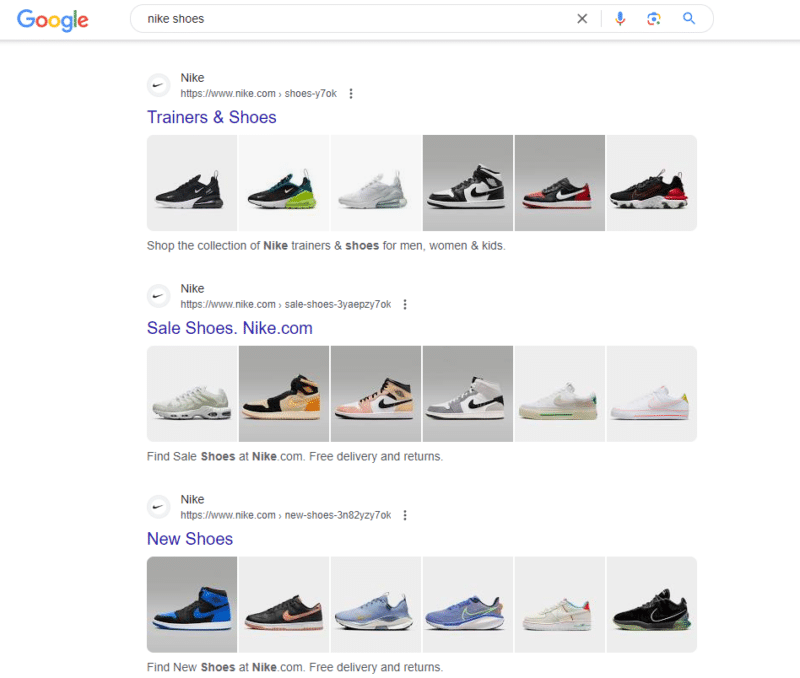In a previous post, we explained how to choose a keyword or phrase for which you’d like to be visible in search engines. The next step is to write appropriate, relevant content so that the search engines can show you up.
But before optimizing content for better ranking, it’s imperative to understand search intent.
What is search intent?
Search intent is simply the need or issue expressed by the user. If I go to a search engine and type in “how to repair my lawnmower“, my search intention is to obtain information and understand how to solve the problem.
All searches typed in by users can have one or more search intentions. The aim is to find the best possible answer, which will help both your SEO and your site’s ability to convert users into customers.
When you start writing content, it’s essential to understand the search intent in order to obtain the best possible ranking. So it’s important to understand the different types of search intent that exist before you start creating your publication.
Search intent from an SEO perspective
In Search Engine Optimization (SEO), not to mention the precise need of the user, we tend to sort the expression typed into different types of search intent. Some of these are far more interesting from the point of view of conversions and potential sales.
We can cite the following types of search intent:
- Transactional: in this type of search, the user expresses a specific desire to buy. This would be the case, for example, of the expression “buy iPad”;
- Commercial: a commercial search intent concerns all searches for products or services. This may indeed eventually lead to a purchase, but it’s often with a focus on comparison or furthering one’s knowledge. One example is the expression “best tablet”;
- Informational: in this type of search, the Internet user is looking for answers to a specific question or a need for information. Using the same example as above, the expression “what’s the best tablet?” would be a search with informational intent;
- Navigational: navigational searches are intended to enable the user to get to a website, or to a specific physical location. The expression “Apple Store Paris”, or simply “Apple” would be perfect examples.
Search intent according to the user
As mentioned at the beginning of this post, one of the most important aspects of search intent is the need actually expressed by the user: they want to buy a specific product, they want to compare services, they’re looking for information or entertainment, or they want to go somewhere.
For each expression you want to target, it’s essential to understand the user’s real need and respond in the most educational, comprehensive and effective way possible.
Search intent according to your expertise
Don’t forget that your own expertise is also important. Visitors may have an issue that they don’t know all the answers to.
They may also be unaware of existing alternatives: it’s quite possible that your product, service or methodology is unknown to them, even though they may be the best solution to their needs.
When you start writing, don’t hesitate to highlight your expertise and know-how, so that you can provide a more effective or different response to an existing problem.
Search intent according to Google
This is the key point: when you go to write content on a keyword that is of interest to you for SEO purposes, remember that the search engine will also try to understand the search intent.
This is very important, because Google and its competitors will take the same approach: depending on search intent, they won’t display the same types of content.
So the best advice we can give you is to look at the Google results page for the search you’re targeting. You’ll find that Search Engines will sometimes decide to list content with a particular focus, or types of publication with a well-defined format. This can lead to results pages that :
- list only product (or product categories) ;
- display comparisons only;
- include only cooking recipes;
- are mainly guides and tutorials;
- and so on.
If Google only displays a specific type of content on the first page, this means that you’ll theoretically have to produce exactly that type of content if you hope to appear on the first page of Google.
And it’s only when you have these different aspects of search intent in mind that you can start writing your content.
